A couple of days ago, between the rain in the morning and heavy showers in the late afternoon, I managed a short walk on the north-eastern fringe of Glenrothes, up the Coul Burn to the edge of the Formonthills.
I wanted to try out my tripod with the Nikon Coolpix L25 compact camera. Of late, I’ve been using my Olympus E420 DSLR (at present I just have the standard 14-42mm f3.5-5.6 lens).
One of the first things I noticed when checking the images back home on the pc, was the clarity of the photos. I had always thought that the compact camera had brilliant quality images, but once I zoomed in on various details of each picture, I instantly noticed how much clearer and crisper photos taken using the DSLR are. The big difference I found between the two cameras whilst I was out, was the lack of ability to zoom in on a detail when on the macro setting of the compact, it was a pain having to constantly move the tripod. The difficult process of trying to photograph insects using a tripod became nigh on impossible!!
Anyway, back to the walk and the photos I took.
Detailed Map of the short Coul Burn walk

I parked on the northern side of Balfarg and walked along a small track to the edge of the Formonthills, along the Coul Burn. (A ‘burn’ is the Scottish name for a wee stream.) This footpath has recently been changed to a sort of asphalt path, something I have mixed feelings about. Access is now much easier for most people (including wheelchair users – which is brilliant) and the pathway is much more noticeable now (so likely to be used more) and it isn’t really muddy on wet days. But on the other hand, it feels a lot less like being out in the countryside, more like being in a town park. Still, it’s easy enough to come away from the asphalt and walk in the woodland or meadows.
The woods were very damp making the moss covered trees and stone walls look a beautiful lush green colour.
It always amazes me at how little many people see when they go out for a walk. The above photos were taken within 100 yards of the Balfarg housing scheme, but when I got home and showed some neighbours the photos, they thought I’d been up to an ancient forest in the middle of the Highlands!!
Just beyond the first bit of woodland, you can turn left into a mixture of a light wooded area in a sort of meadow. This area was full of various species of grass, common spotted orchids (now past their best), ground elder, willowherbs, yellow rattle and various members of the daisy family, amongst I’m sure many other species.
The Ground Elder (Aegopodium podagraria) was very popular with the bumble bees, in particularly Bombus terrestris (or Bombus lucorum). Bombus terrestris queens can be distinguished from the very similar species B. lucorum, by the more orange-yellow bands and a buff coloured tail, as compared with the more lemon-yellow bands and white tail of the lucorum species. The workers and drones of both species are however almost identical and it takes microscope work to tell the difference!

Bumble bee (Bombus terrestris) on Ground Elder (Aegopodium podagraria), with soldier beetle(Rhagonycha fulva) in foreground
In Scotland, Bombus terrestris is one of the earliest species of bumble bee to be seen in gardens and meadows. The queen maybe a little over 2 cm in length, but the workers and drones are usually 14 – 17 mm long.
They often nest in south facing old vole or mouse tunnels, regularly under garden sheds. Tunnels in the nests have been recorded up to 2 metres long, and to have as many as 350 workers. It is reckoned that a new queen will have to visit around 6,000 flowers per day, to get enough nectar to maintain her first brood of eggs. However, each foraging trip needs to be short, so her brood doesn’t cool down too much, so nests are always situated close to a good supply of nectar rich plants.
Another common visitor to the Ground Elder (Aegopodium podagraria) flower heads were the ubiquitous soldier beetles Rhagonycha fulva. These beetles are not after the nectar, but are predatory beasts hunting on much smaller insects found amongst the flowers.
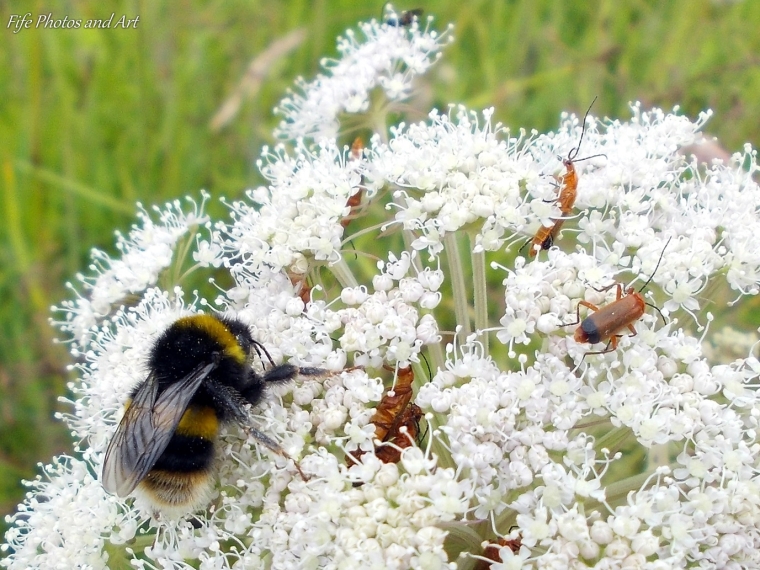
Soldier beetles (Rhagonycha fulva) hunting on Ground Elder (Aegopodium podagraria), with Bombus terrestris collecting nectar
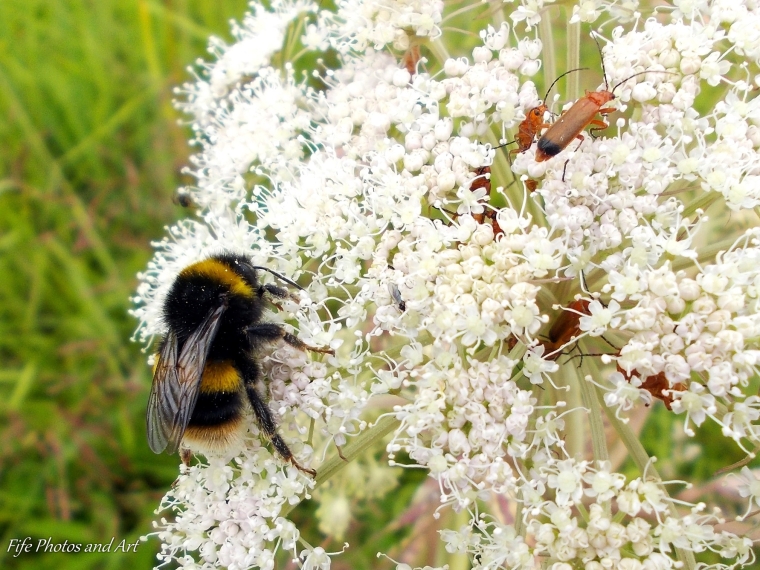
Soldier beetles (Rhagonycha fulva) hunting on Ground Elder (Aegopodium podagraria), with Bombus terrestris collecting nectar and pollen
Hoverflies were also much in evidence (see the not very good photo below), such as this very common Marmalade Fly – Episyrphus balteatus. Here it is hovering over a member of the hawkbit family getting ready to feed on its pollen or nectar. Some hoverflies, such as the Marmalade hoverfly, use their mimic colouring of the ‘solitary wasp’ to put off predators. This species is one of the few types of flies that are capable of crushing pollen grains to eat them. The larva is terrestrial and feeds mainly on aphids. This particular fly appears to be female, its compound eyes do not meet at the top of its head, as a male’s eyes do.
Most of the remaining photos in this post are of a young oak bud on the side of a fairly young oak tree, some rowan tree trunks (young trees), a very young up and coming bramble and general views of, and from, the bottom end of the Formonthills. This area was recently (approx 4-5 years ago) deforested, I think due to many of the trees coming down in the severe storm force gales we had during that winter.
The last two photos are of a moss growing on the side of a fallen pine tree. I think they are of the genus Rhytidiadelphus – maybe the Big Shaggy-moss (triquetrus), the Little Shaggy-moss (loreus), or the Springy Turf-moss (squarrosus). All three are types of pleurocarpous moss.
If anyone knows more about mosses than me (that includes most of the population!!!), or wants to know more about the area, please leave a comment below and I’ll get back to you.
Final photo is an art style black and white image of some lichen on a log.


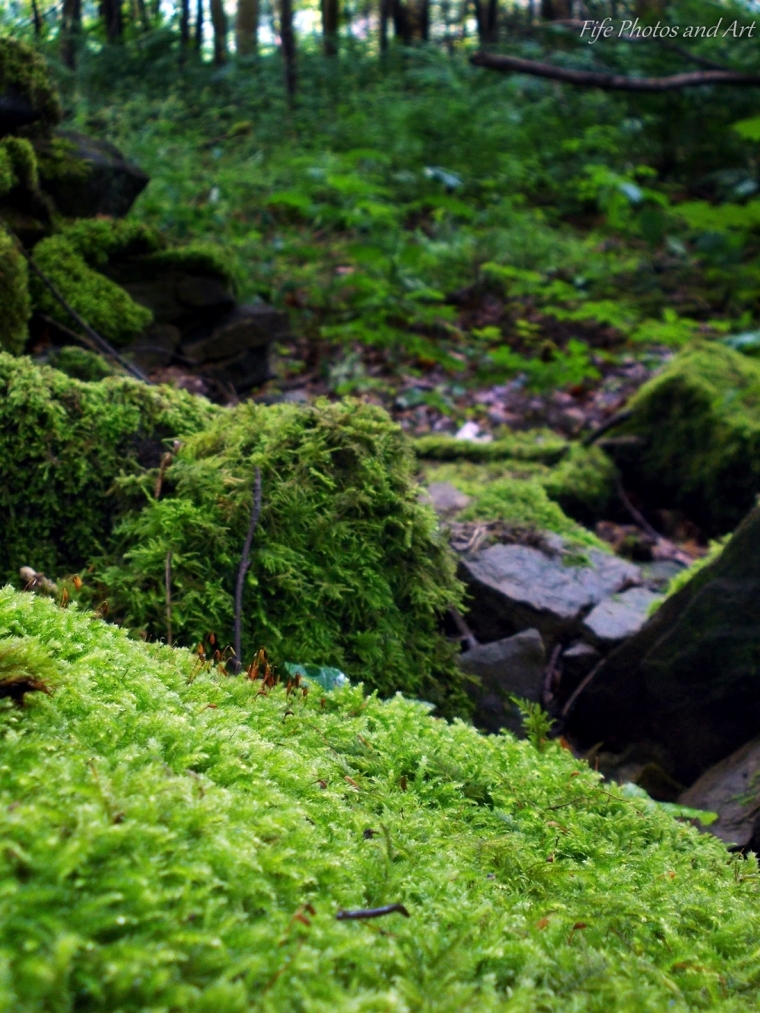
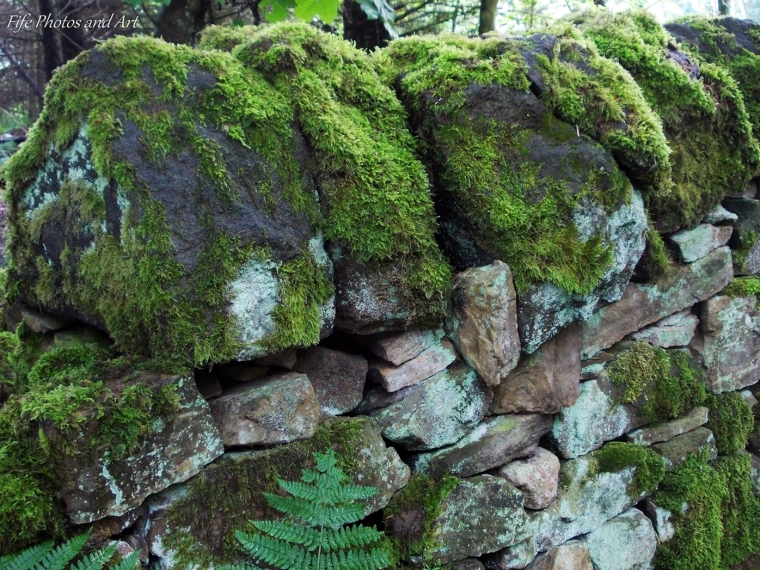
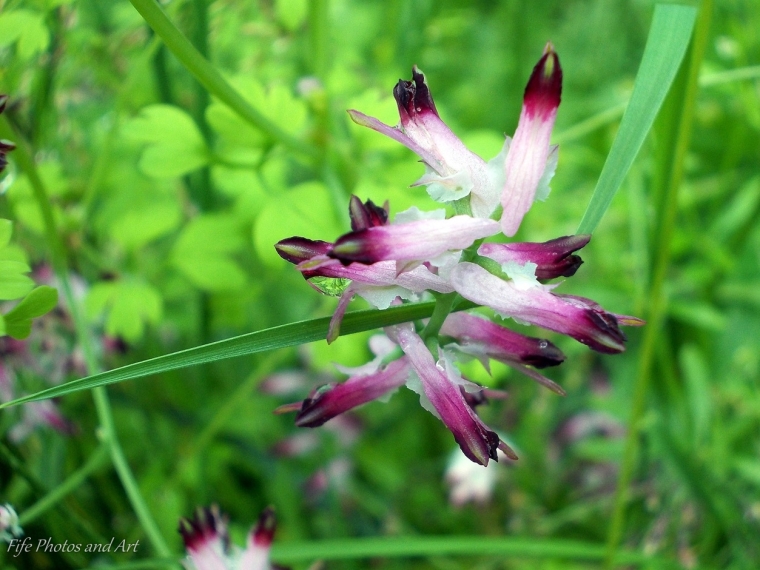


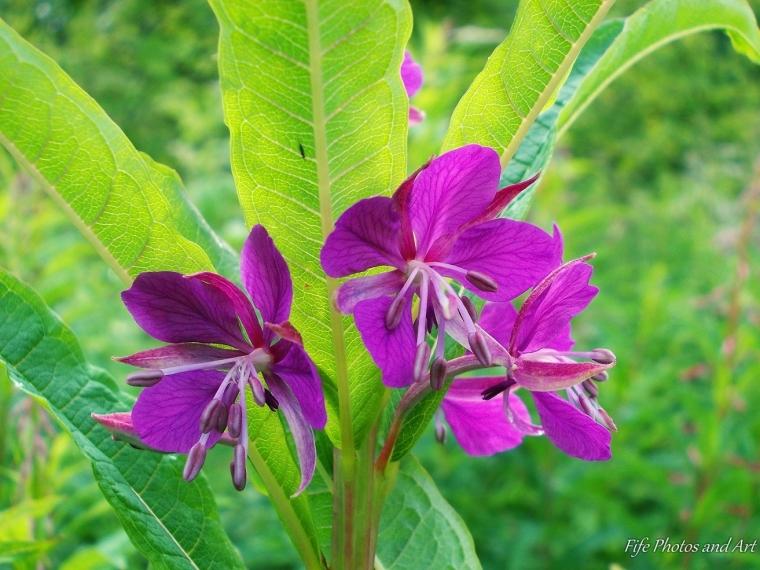
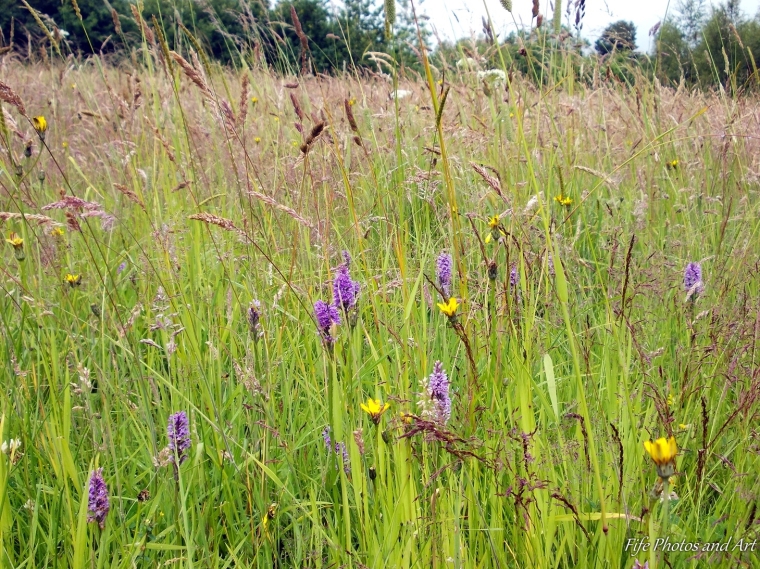
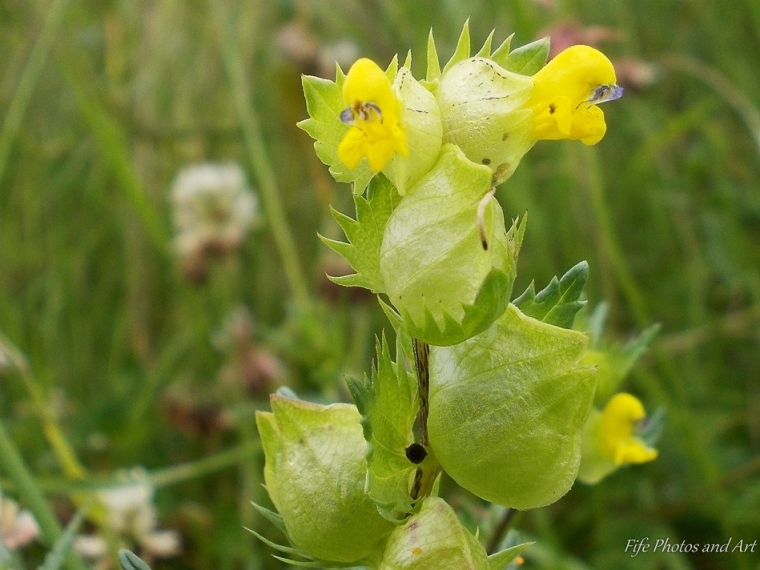
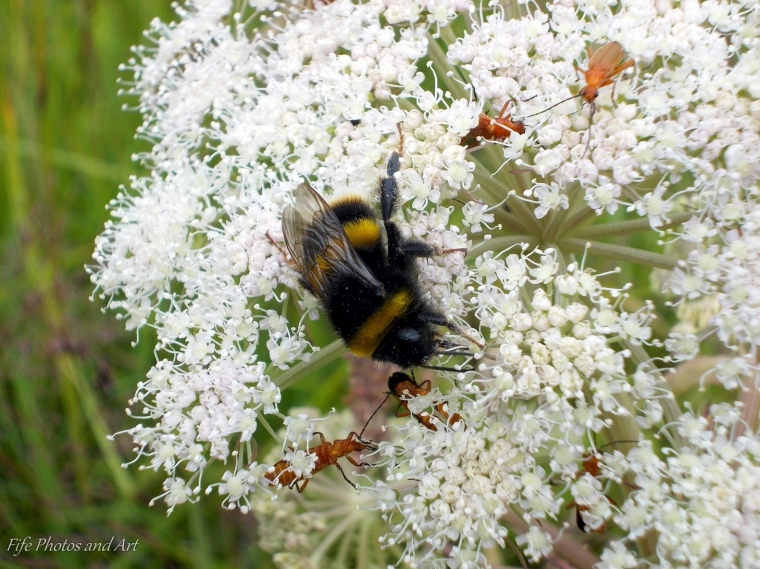



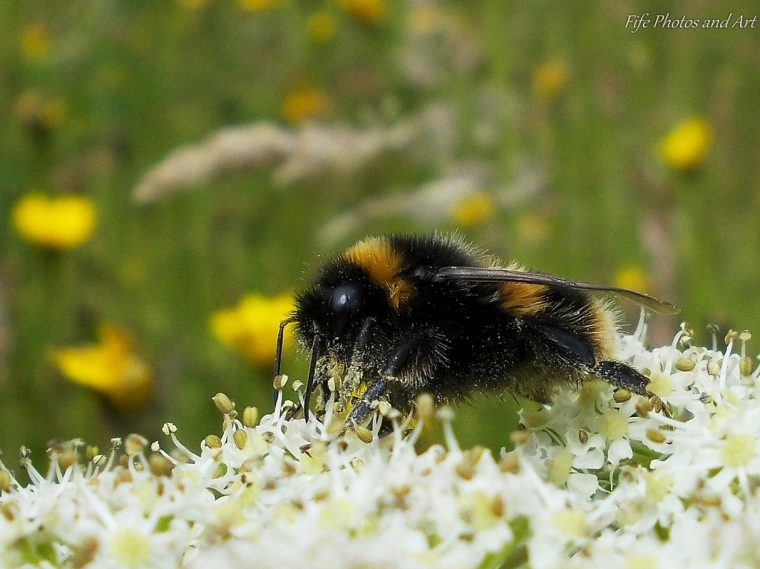
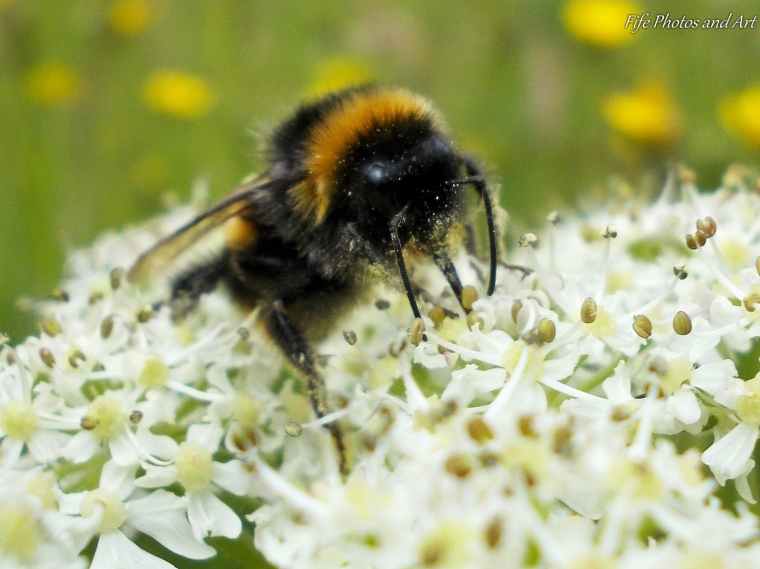

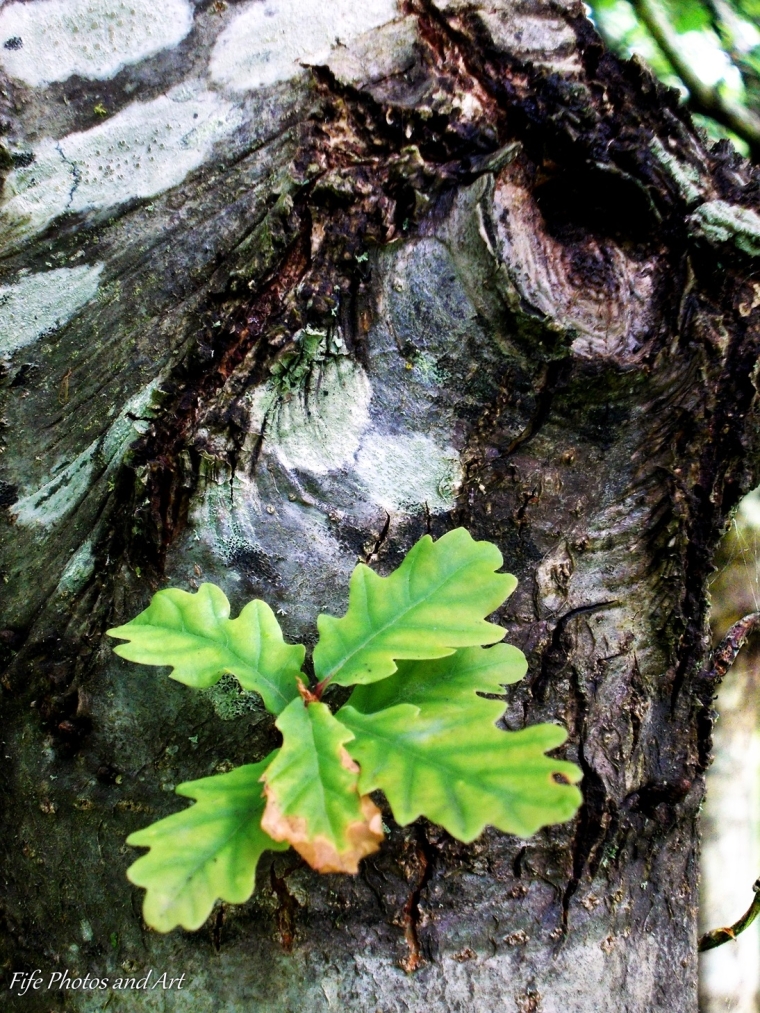


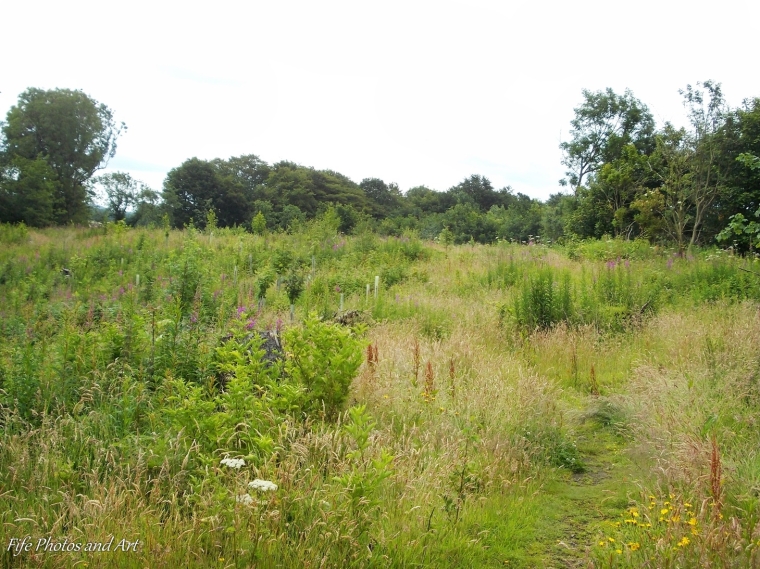
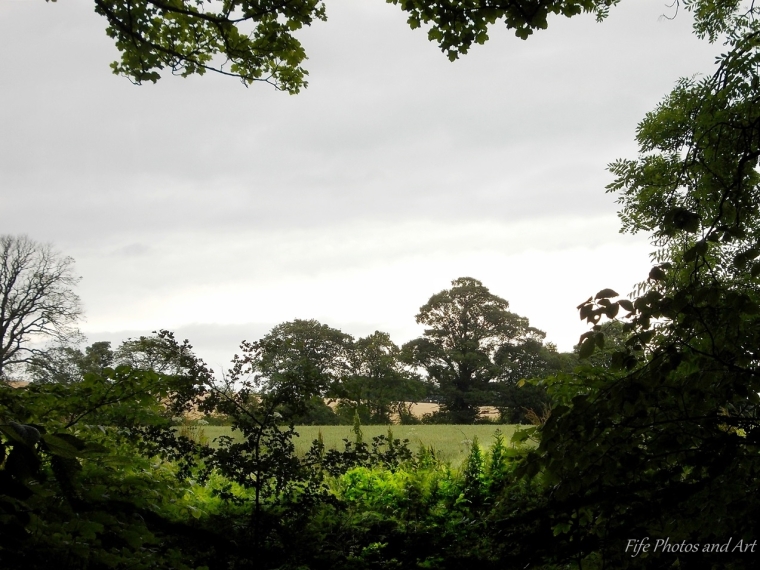

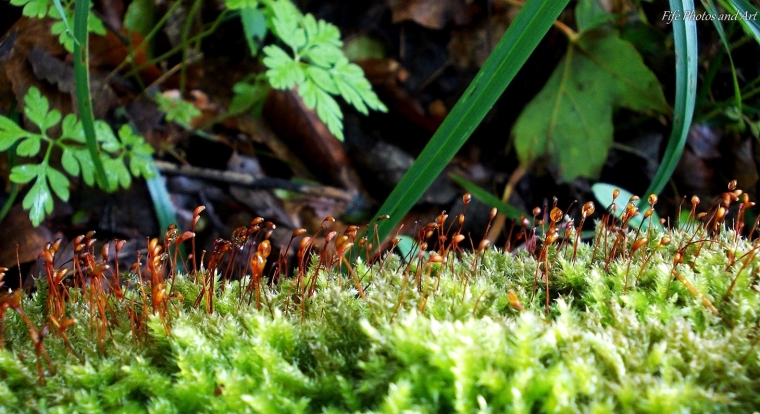

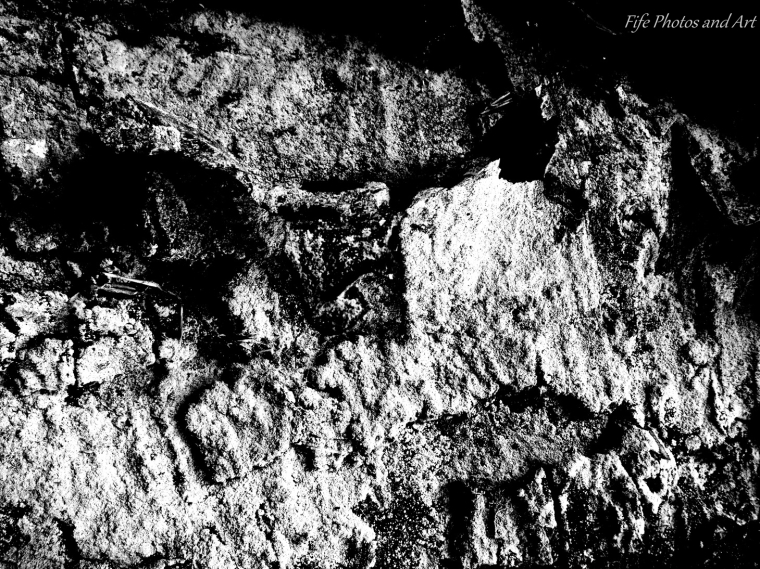
Beautiful pictures.
LikeLiked by 1 person
Thank you Rupali 🙂
LikeLike
These are gorgeous shots!
LikeLiked by 1 person
Thank you Robert 🙂
LikeLiked by 1 person
Love the photos
LikeLiked by 1 person
Thanks Amanda, sorry it’s taken so long to get back to you!!
LikeLiked by 1 person
No worries
LikeLiked by 1 person
No worries, Andy. I hope everything is okay with you.
LikeLiked by 1 person
I’m fine thanks Amanda, just been trying to get to grips with Facebook and Twitter, should be spending a bit more time back on the blog now 🙂 How’s life treating you, everything in Australia good? No doubt you’ve enjoyed the cooler temps of your winter 🙂
LikeLike
You are on Twitter? I have recently been using that too, and found it is quite useful, but yes, another drain on my time! Sometimes all the social media linked together, is a worrying aspect. People can build a whole profile of a person, yet it is a necessary evil if you want to grow your blog, or sell a product.
Yes, winter has been great, and yesterday it was over. 32 degrees – I am still struggling to cope with the thought that life won’t be comfortable for the next 6 months. LOL
I am glad you are well.
LikeLiked by 1 person
You’ll have to let me know your twitter name Amanda 🙂 And you’re right about the whole social media treadmill, it is a drain on your time, and the whole ‘Big Brother is watching you’ idea is becoming more and more a reality! I couldn’t believe when I set up my Facebook account, the books and TV shows it suggested to me were all pretty much things I’ve watched or read, and I don’t watch hardly any tv!!! Very frightening! LOL!
Glad to hear you had a good winter, I don’t envy your upcoming summer temps, it’s a pleasant 15 degrees here today, and that was in the sunshine! 🙂
LikeLiked by 1 person